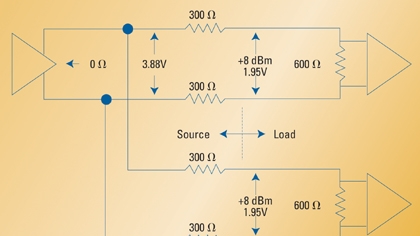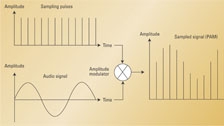MICHAEL ROBIN
Latest articles by MICHAEL ROBIN
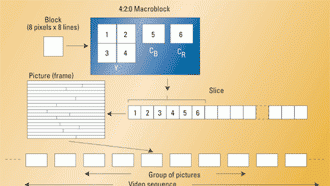
Video compression
By MICHAEL ROBIN published
The goal of digital video compression is to reduce bit rate by identifying and removing redundancies, while preserving picture quality.
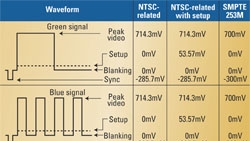
Component video basics
By MICHAEL ROBIN published
Learn how savings in bandwidth can be obtained by using color-difference signals.

Understanding digital video
By MICHAEL ROBIN published
Digital video is a method of representing the infinite variations of video signal levels inside a specified limit (e.g. 0mV to 700mV) as a limited number

Understanding composite digital video
By MICHAEL ROBIN published
Over many years, video equipment manufacturers have responded to the trend toward digital video by producing a large number of application-specific digital
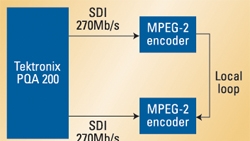
Digital video compression and noise
By MICHAEL ROBIN published
The key to efficient compression is noise reduction prior to the compression stage. Michael Robin shows readers how noise adversely affects compression and reveals tips to remove it
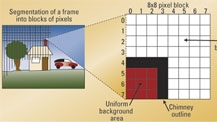
Compression basics
By MICHAEL ROBIN published
Review key SMPTE and EBU standards for television systems and learn how they affect your station's systems
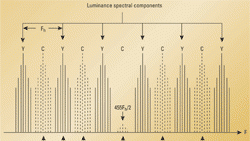
Composite video basics
By MICHAEL ROBIN published
Compression is usually affected by removing video signal redundancies and unneccessary data.

Interfacing with common carriers
By MICHAEL ROBIN published
The common carriers play an important role in the delivery of television programs to private homes

The ATSC standard
By MICHAEL ROBIN published
In the 1980s, many interested parties began developing concepts of advanced television, or HDTV, geared at reproducing superior-quality 16:9 aspect ratio

Digitizing audio
By MICHAEL ROBIN published
The world around us is analog. Our perception mechanism is also analog. Standard audio transducers, such as the microphone and the loudspeaker, are analog

The progression toward digital video standards
By MICHAEL ROBIN published
Given history, the development of accepted standards for digital video could be a challenge. The author takes a look at standards bodies and the industry’s past standards
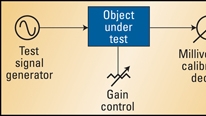
Testing audio systems
By MICHAEL ROBIN published
The author shows readers what kinds of tests need to be done on digital audio signals and the equipment needed

The analog-digital hybrid
By MICHAEL ROBIN published
The chosen television picture repetition rate is aimed at satisfying different requirements

Digital video basics
By MICHAEL ROBIN published
Getting digital video from an analog source sounds simple. It isn't, as author Michael Robin explains.

The digital resolution concepts
By MICHAEL ROBIN published
The advent of digital processing of video signals has introduced a new twist in the concept of picture resolution. This article will analyze some of the implications.

Audio compression and noise
By MICHAEL ROBIN published
In a previous article, we discussed analog audio SNR concepts. As mentioned, the dynamic range is restricted at the top by clipping (THD 1 percent) and
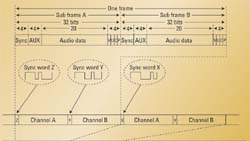
The AES/EBU digital audio signal distribution standard
By MICHAEL ROBIN published
The Audio Engineering Society (AES), together with the European Broadcasting Union (EBU), developed a digital audio transmission standard known as the
Get the TV Tech Newsletter
The professional video industry's #1 source for news, trends and product and tech information. Sign up below.
